We just returned from a quick trip to Alicante, northeast of where we live in Marbella. It was a lovely town that had so many things to do, great weather and more restaurants than you could possibly need. It’s on my list of places to spend more time. Here are just a few of the highlights:
Santa Barbara Castle
You can’t really turn around in Alicante without seeing the castle. It’s perched high up on a cliff overlooking the sea and the city. It really makes you wonder how they built that darn thing. Alicante has done the logical thing by making it very accessible. There is an elevator that you can take from the beach, at the end of the promenade, all the way to the top of the cliff so you can explore the castle. You can also choose to walk it or drive it and watch the long buses navigate the very windy road. That in itself is picture-worthy.
The castle itself is pretty neat. Its huge, it’s cold, it’s got a long history of who took it over from whom, and it’s clearly a great place for strategic military might. The views were amazing. Oh, and the girls reported that the bathrooms were the best they’ve every seen. Good bathrooms are memorable.

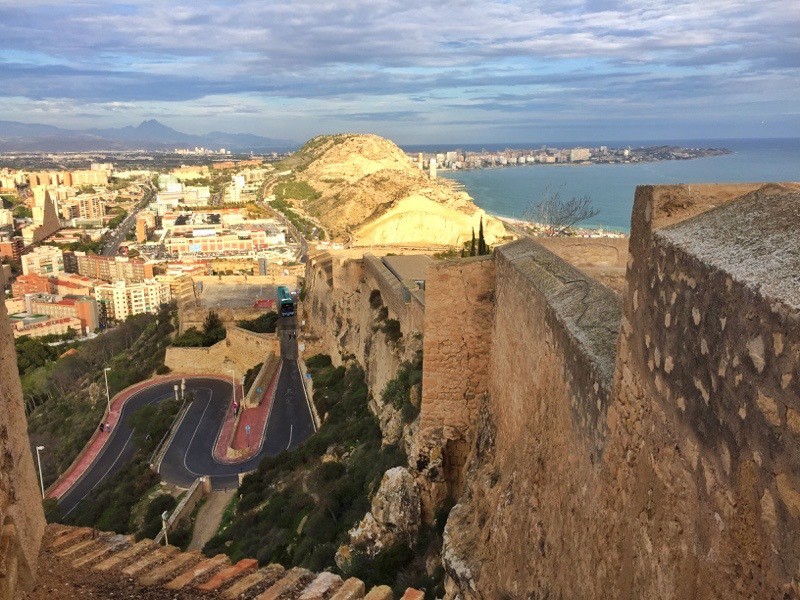
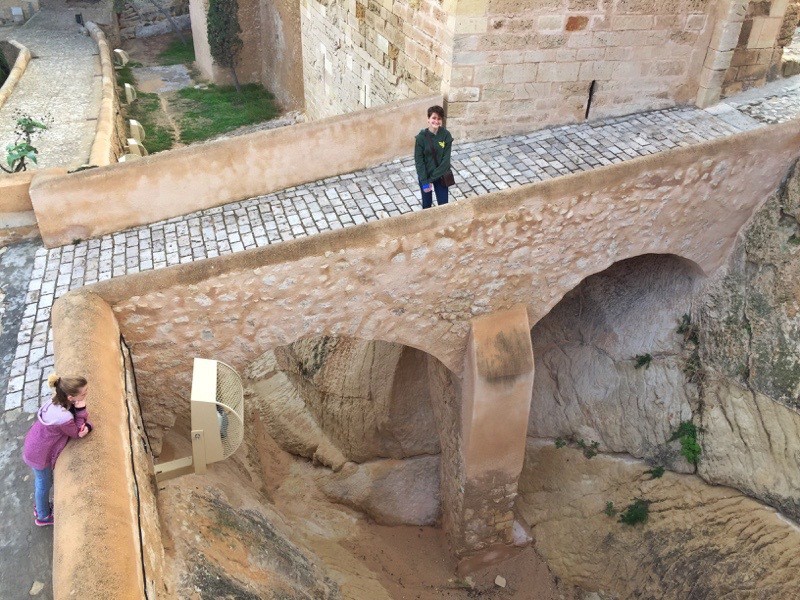

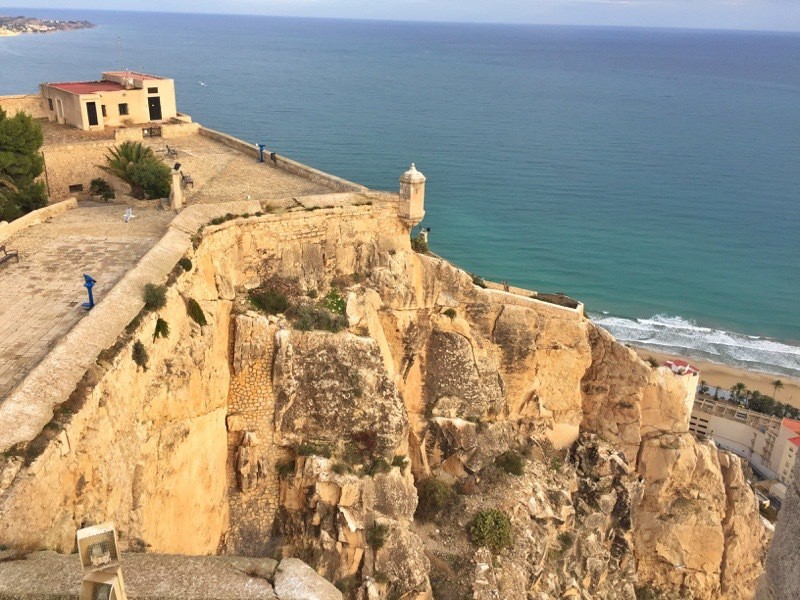
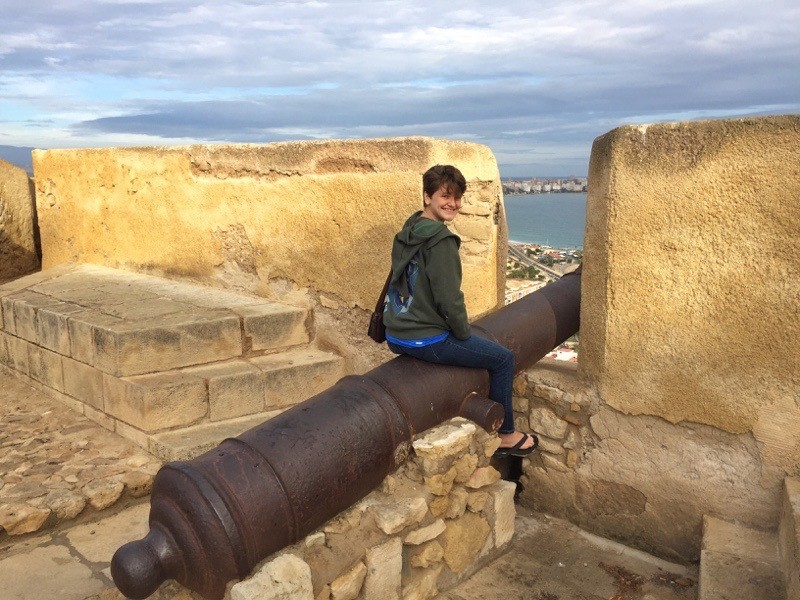
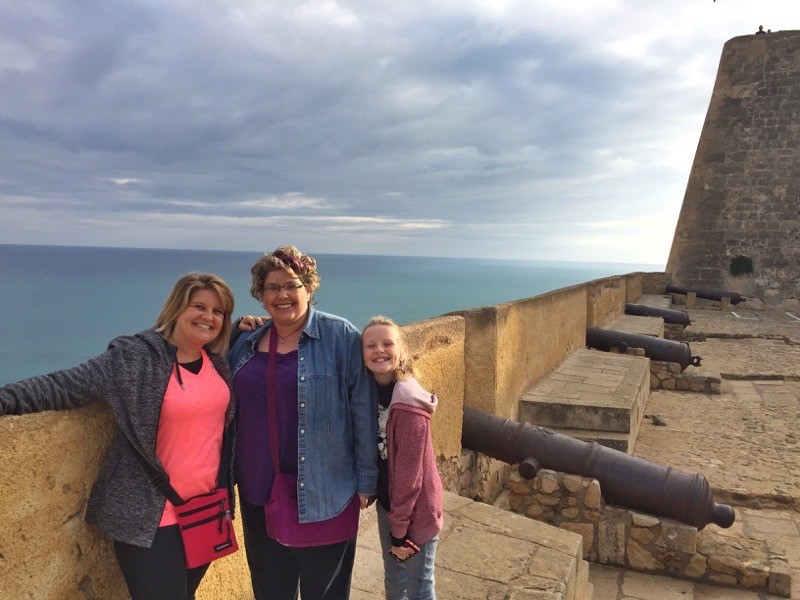
Elche Shoe Factories
Nearby Alicante is a smaller town called Elche. When I was in Spain in 1983 it was known as the palm capital of Europe, where everyone could get their palms for Palm Sunday. Well, things change and now it hosts over 2,000 (yes, two THOUSAND) shoe factories. It’s where most of shoes in Europe are made. Whaaaa? We were very curious about this so I contacted a tour agency and asked if we could view a factory. They were very quick to respond that tours are rarely allowed due to the proprietary nature of the business, but they have a contact who would be willing to give us a tour. We met Alberto, our tour guide from Ali Oli Tours, and he took us to Top Mania shoe factory.
This was a fabulous experience. It was just like the TV show “How It’s Made” but live and in person. The company has over 200 employees, 4,500 square meters of space and they do the entire process from design to shipping right there in that building. Jaime, the owner of the company, took us on a personal tour of the entire process. His company makes shoes for a lot of stores in Europe, as well as a few in the USA, namely Nordstrom and Steve Madden. They only make women’s shoes (“Men don’t buy shoes”, Jaime says) and I think they have great taste in shoes. I would have gone on a major shopping spree if it had been allowed.
We saw the process from start to finish, starting with the designers (using pencil, paper and scissors!), the samples, the lasts that they use to mold the fabric, all the leather and other materials, the sewing, putting on the sole and heel, boxing and then shipping. They make 10,000 pairs of shoes a week, employees work 11 hour days, 5 days a week and earn about 1,600 Euro ($1,715 USD) a month, which is a pretty competitive wage for that area. Jaime introduced us to quite a few workers who have been with him for over 30 years. Evidently Jaime is a great guy to work for and we could see why. He knew every single job, he knew his employees by name, he joked with them and he had a lot of energy, taking the stairs while we took the elevator. And we were amazed that the owner of the company took time out of his day for a 2-hour tour of his factory. He clearly cared about his business and we were so grateful.
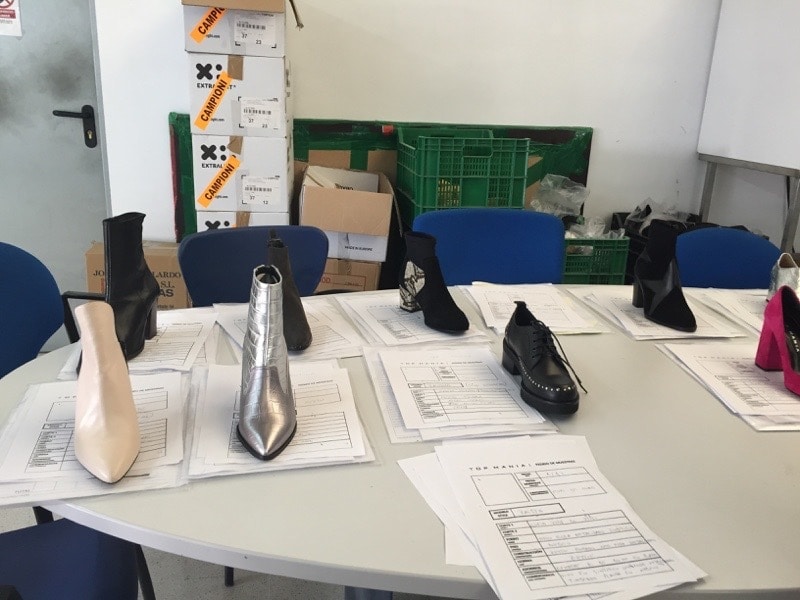
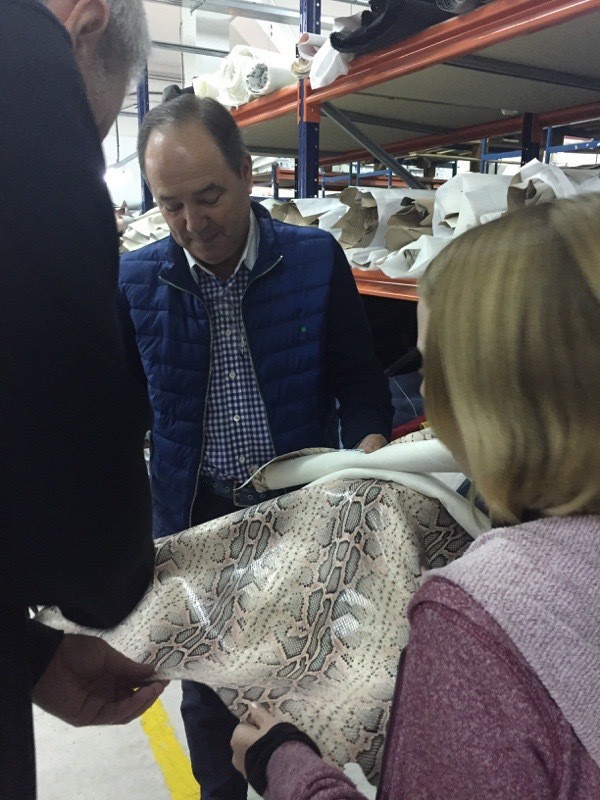
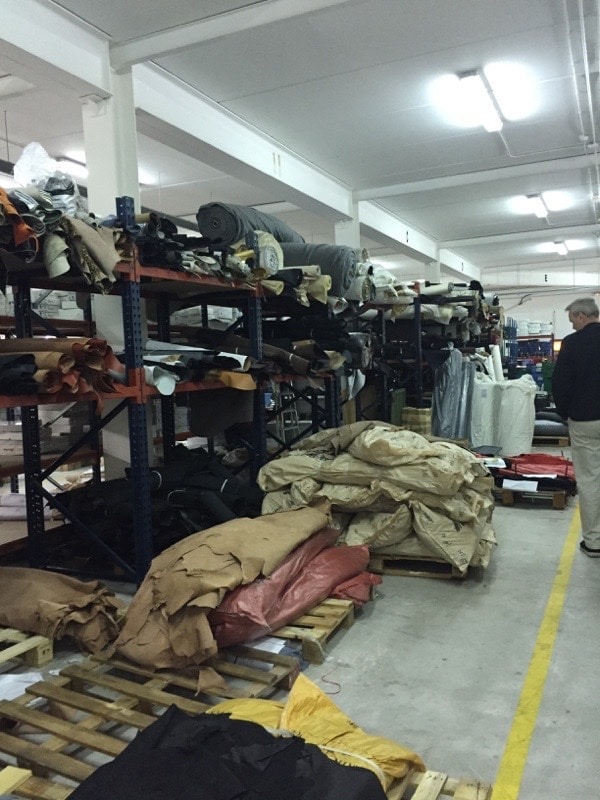
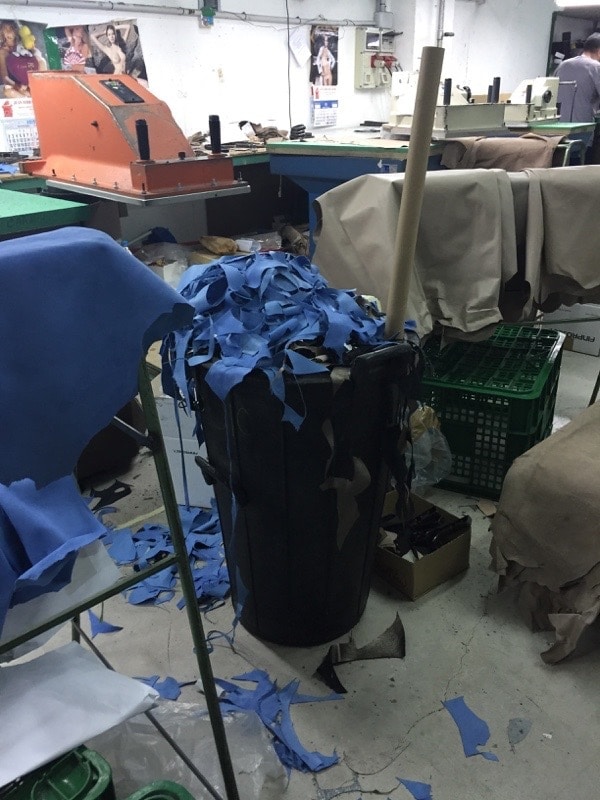
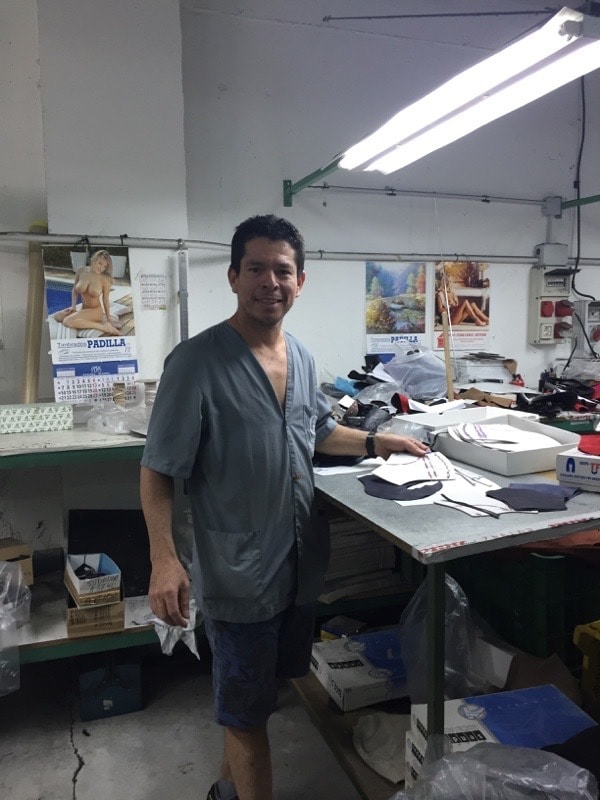
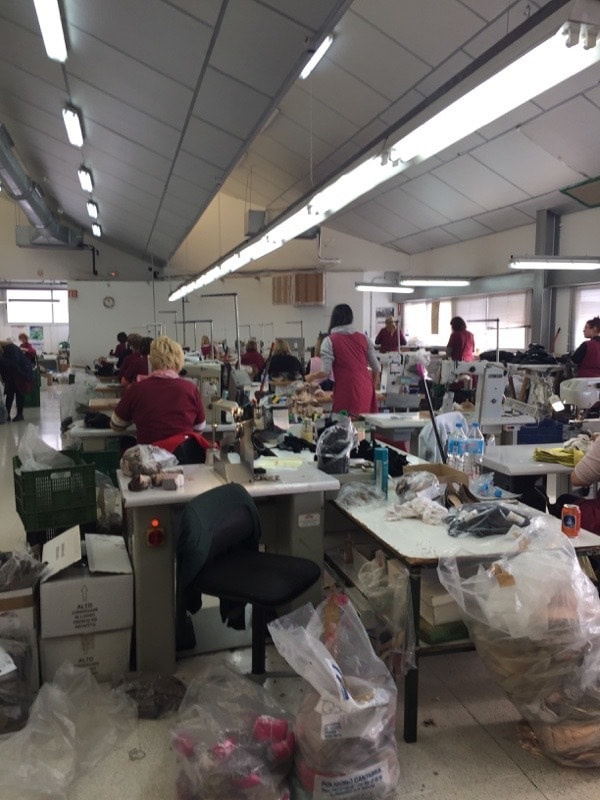
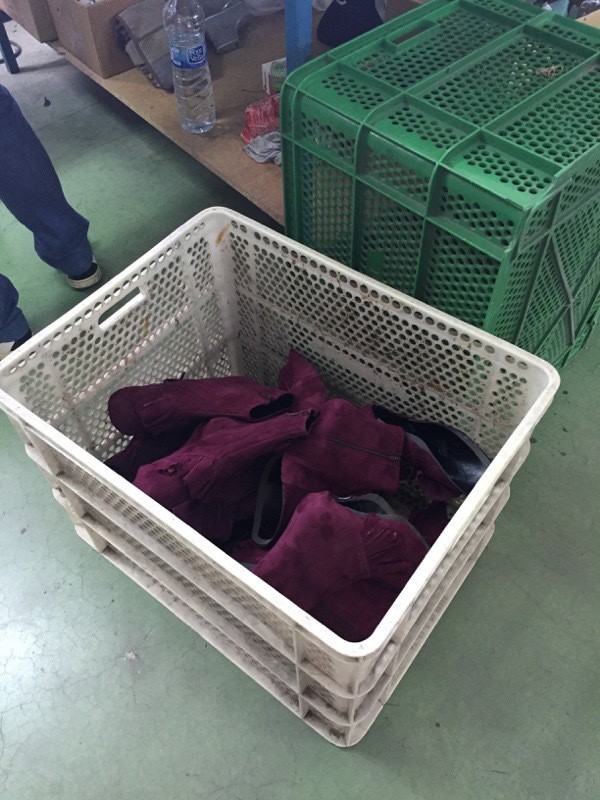

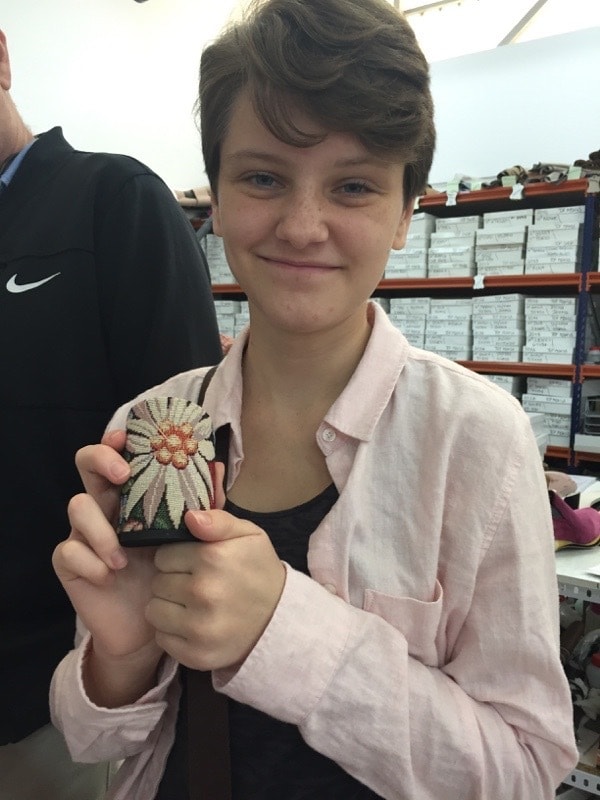
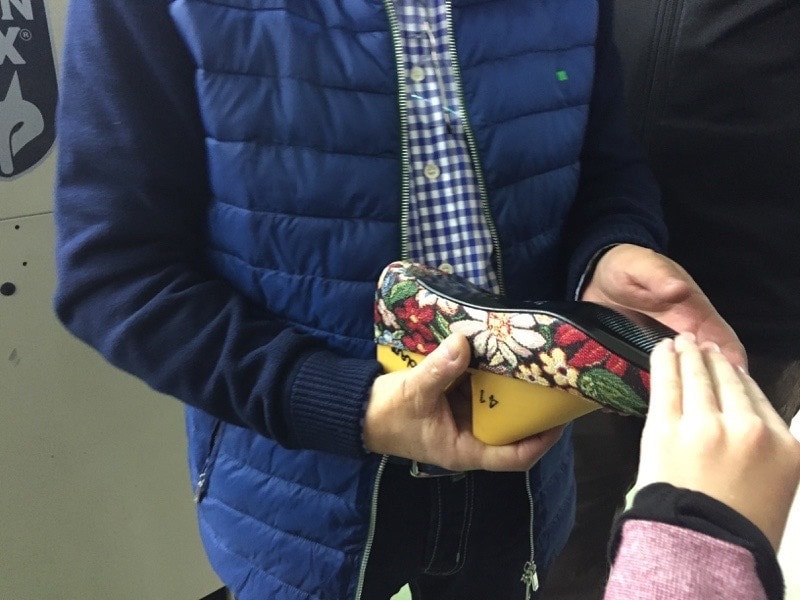
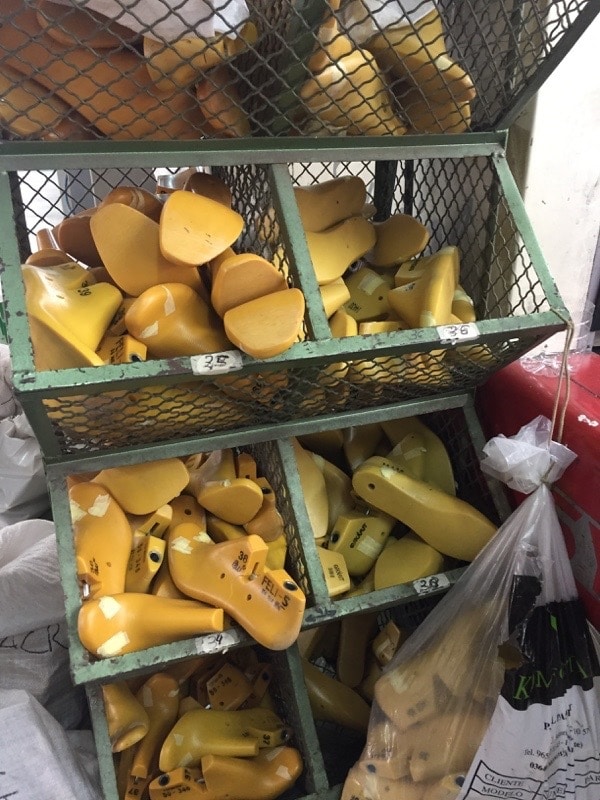
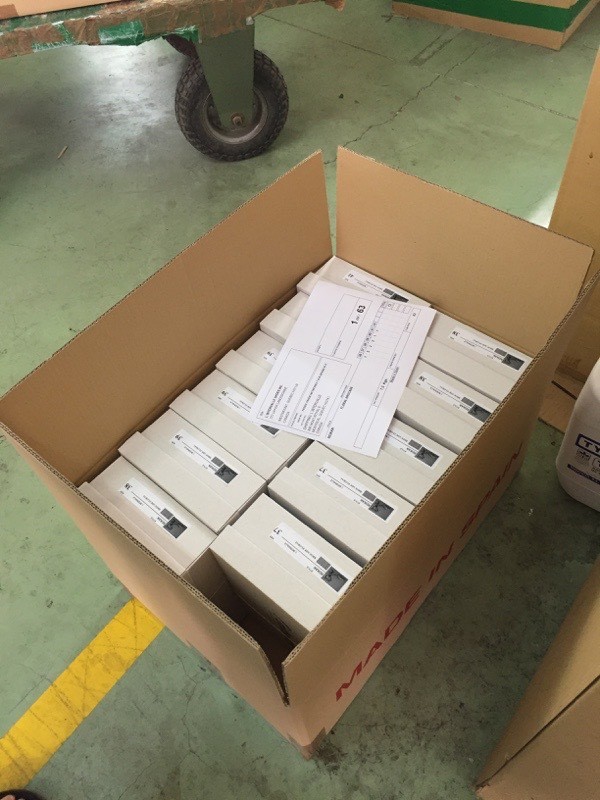
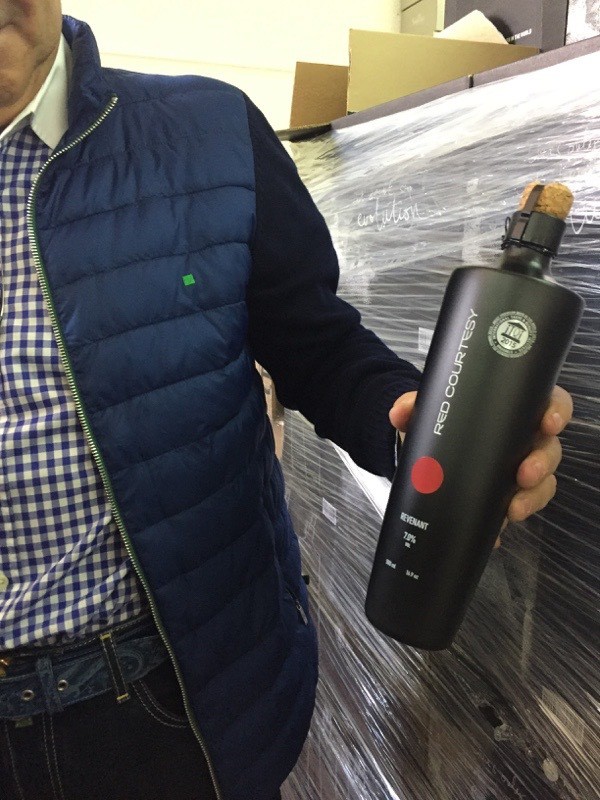
Novelda and Santuario Santa Magdalena
After the shoe factory our guide took us to Novelda, which is a town nearby that houses a lot of marble factories. The mountains nearby are rich in marble and there is a lot of mining going on. We were not able to tour any marble processing plants for safety reasons but Alberto took us to a church perched high up on a hill. The church was so different than many we have seen, with amazing rock detail. But the other amazing part was inside. A local business owner has been donating the funds for the church to have an organ made entirely of marble. The project was only about 40% completed but they showed us how air flowing through the pipes would create a rich sound once the entire organ is assembled. It was the most amazing thing. The church itself was gorgeous on the outside but small and simple on the inside.
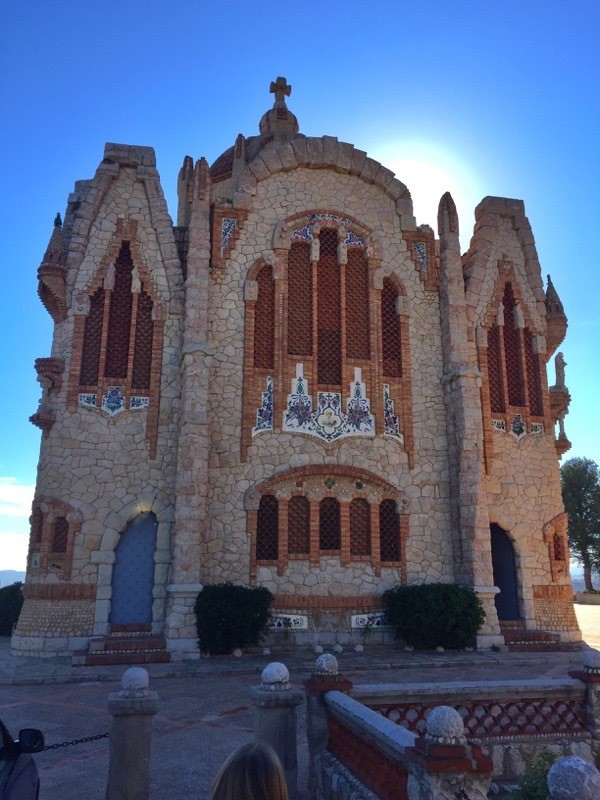
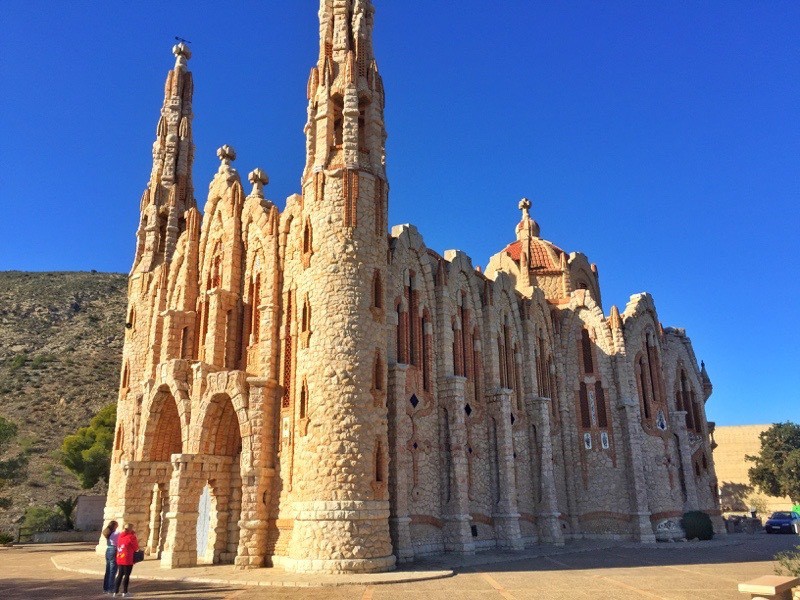
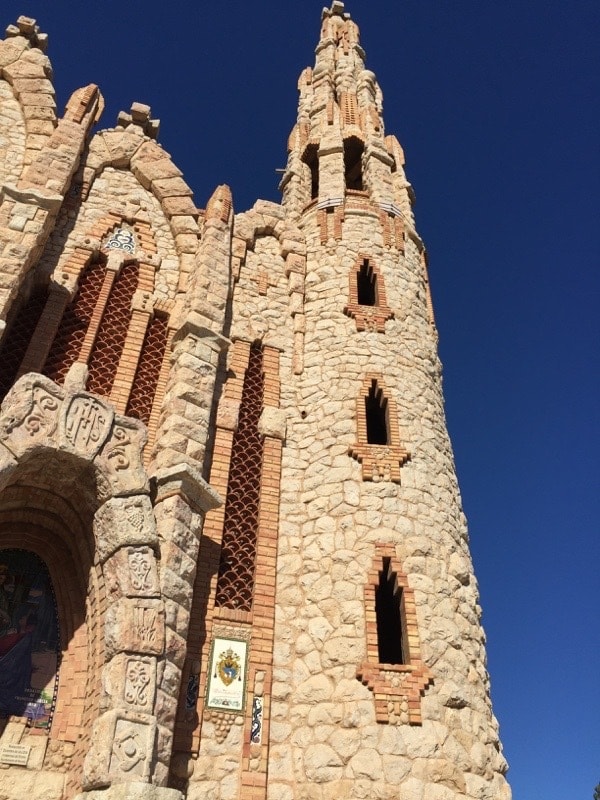
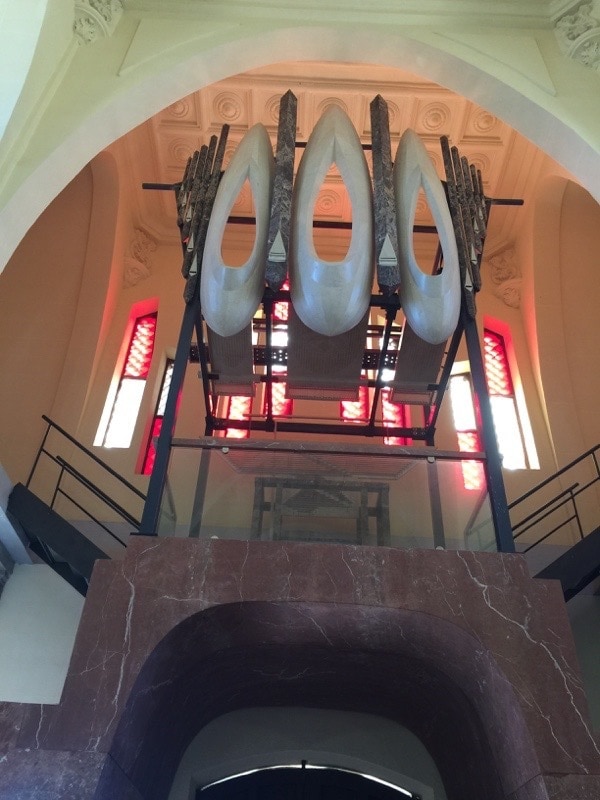
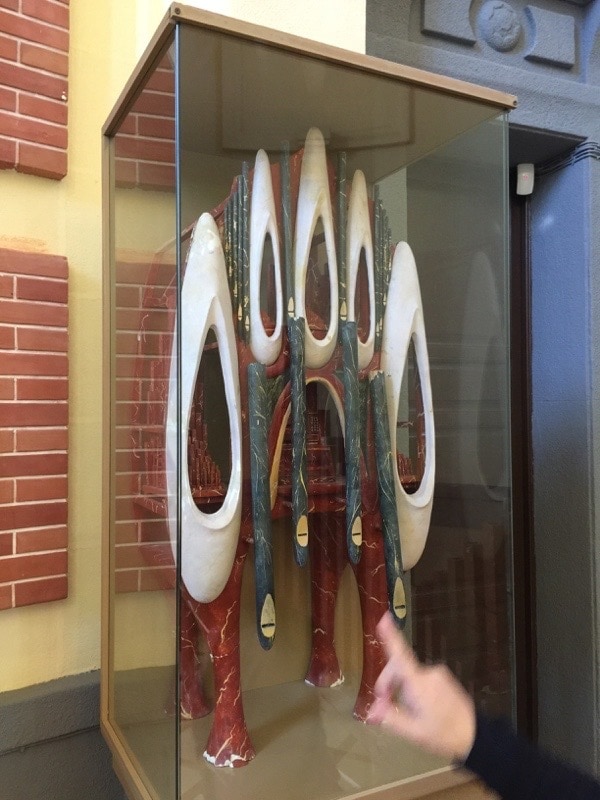
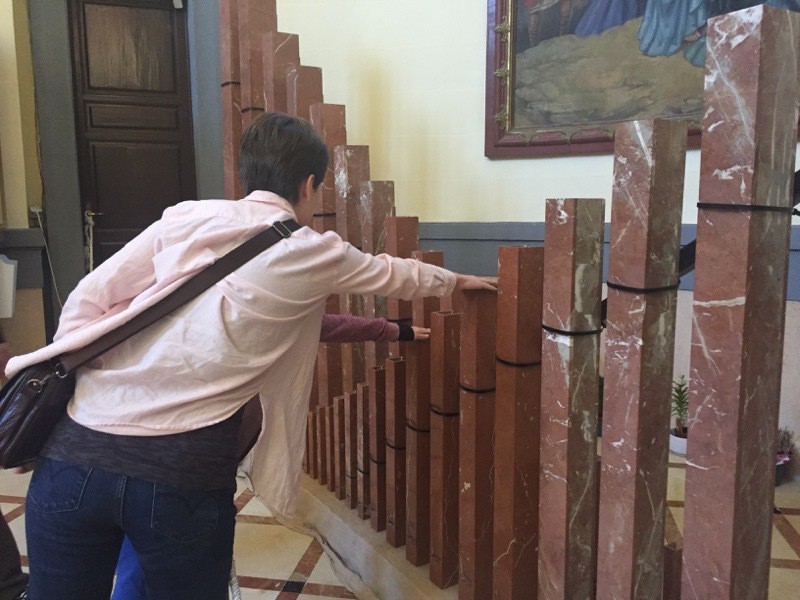
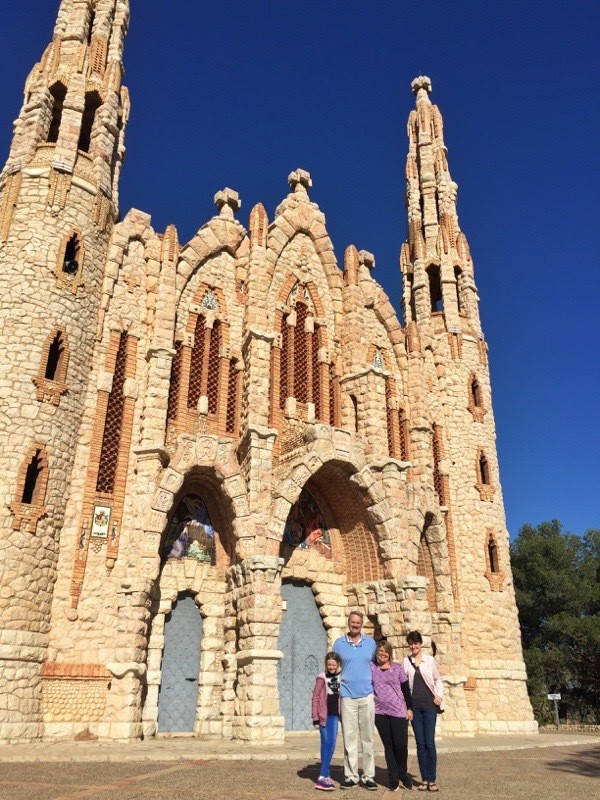
Just a brief note here about Alberto and Ali Oli Tours. It was probably the best tour we have been on in all of our travels. Alberto spoke excellent English, he had a very clean car, he was incredibly knowledgeable about everything we asked about: industry, politics, food, culture, etc. He was entertaining and fun and he really understood what we might enjoy doing. Its worth another trip to Alicante just to take more tours from him and Ali Oli tours. He was that good. If you are ever in the area, just start with Ali Oli and you won’t be sorry.
Almería Greenhouses
On the road to Alicante, a few hours southwest, you go through an area that suddenly has mile after mile of greenhouses. There were so many it prompted a quick on-the-fly research to understand what we were seeing. Turns out we had stumbled upon the vegetable basket of Europe.
Amusing Planet tells us: Since the 1980s, the small coastal plain, some 30 kilometers southwest of the city of Almería, has developed the largest concentration of greenhouses in the world, covering 26,000 hectares. Several tons of greenhouse vegetables and fruits such as tomatoes, peppers, cucumbers and zucchinis are produced here annually. More than half of the Europe’s demand for fresh fruits and vegetables are grown under the plastic shades, fueling the province of Almeria’s economy by $1.5 billion in annual revenue.
But 35 years ago, this region in the southeast of Spain was dry and arid, and desert-like, receiving an average of 200 mm of rainfall a year. In fact, western films were once shot here, because the land was so dry and barren. But with imported soil and fully hydroponic systems that drip-feed chemical fertilizers into grow-bags, over the last 35 years, the area has been intensively used for agriculture.
A mix of thousand of smallholders and large companies tend the crops inside the plastic greenhouses. Temperatures can reach more than 45 degrees Celsius inside. Many Spanish workers find it too hot to work and the conditions too brutal so the sweat-houses are staffed mainly by legal and illegal immigrants from Africa and Eastern Europe. One hundred thousand immigrants are thought to work in the greenhouses and many believe it is the lack of workers-rights that help the businesses to be profitable. Many ‘farms’ have no toilets and women are often forced into prostitution. Some workers are also sold contracts to work, which have to be repaid to their bosses. The Network for The Promotion of Sustainable Consumption in European Regions, estimate that workers are paid between 33 and 36 Euros ($35-38 USD) per day.
Almeria’s sea of white-roofed greenhouse is so vast that researchers from the University of Almeria have found that by reflecting sunlight back into the atmosphere, the greenhouses are actually cooling the province. While temperatures in the rest of Spain have climbed at rates above the world average, the local temperature has dropped an average of 0.3 degrees Celsius every 10 years since 1983.
The greenhouses are so successful that they have swamped the plain of Dalías, moving up the valleys of the nearby Alpujarra hills, one of Spain’s most pleasant and unspoiled areas. A few small towns in the area have been completely swamped by the white plastic farms. Plastic manufactures and recycling companies have also set-up in the region, where discarded plastic sheeting and rubbish lies wherever blocking up riverbeds. Last month the death of a sperm whale that washed up on Spain’s south coast was linked to the Almeria greenhouses after it was found to have swallowed 37 pounds (17kg) of plastic waste dumped into the sea. Empty pesticide containers bearing toxic warnings lie among the plastic litter. On the coast at El Pozuelo plastic waste is piled calf-high.
OK, well that’s not so great, but it is interesting nonetheless. We didn’t get any pictures from the car but I took these off the internet.
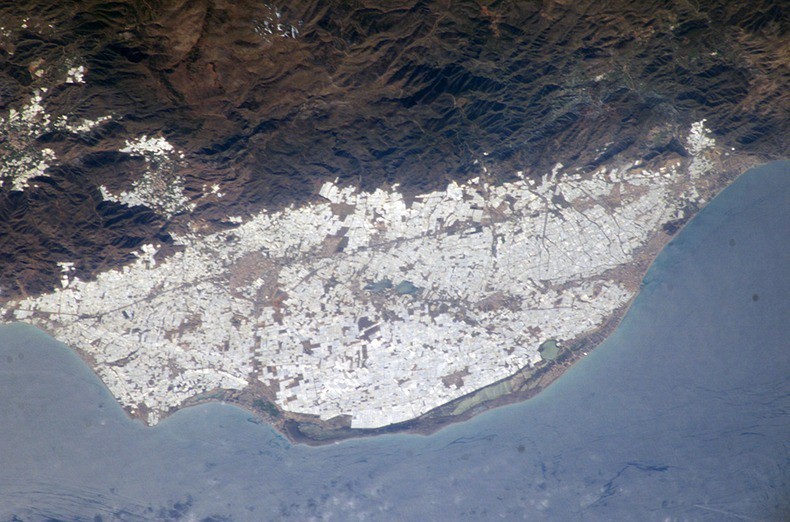

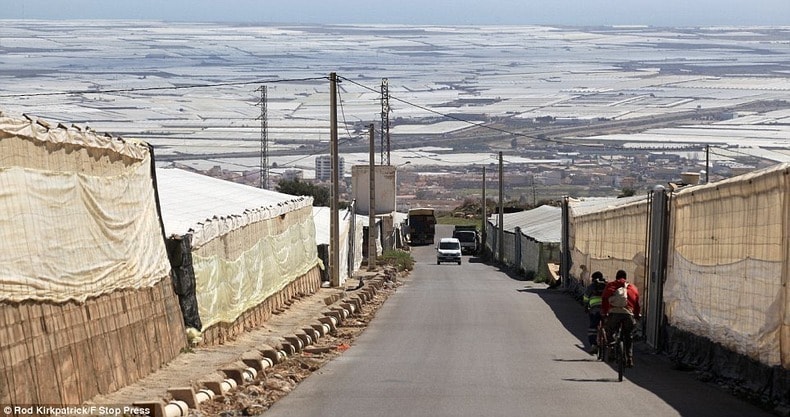
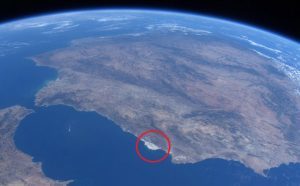
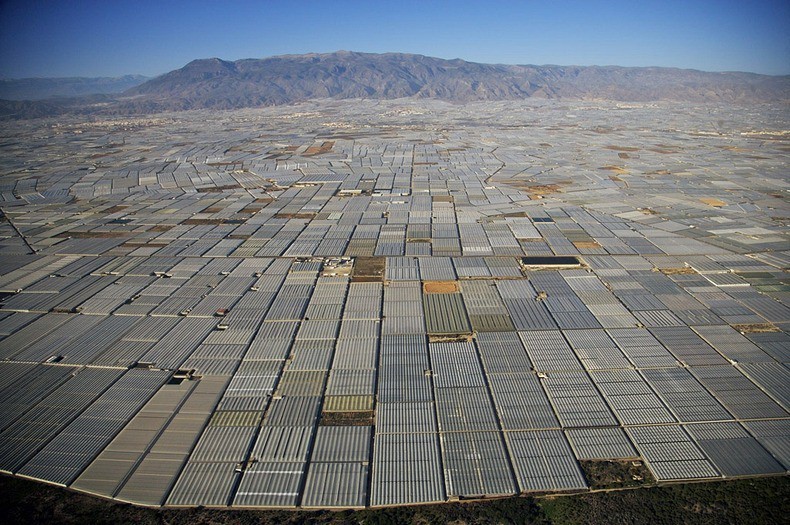
So, it may not be an area that Spain is proud of from an environmental or humanitarian perspective, and we certainly didn’t see any offers of tours there, but it’s part of the region’s reality so it deserves a mention.
Spain’s roadway system is really excellent and we’ve found road trips to be incredibly easy and interesting. They have an extensive train system too that is very easy and efficient. So whether you are looking for merely a way to get from point A to point B, or you’d like an interesting road trip, Spain is your place. And if you need to buy some shoes and tomatoes in the same day, Spain is also your place.
